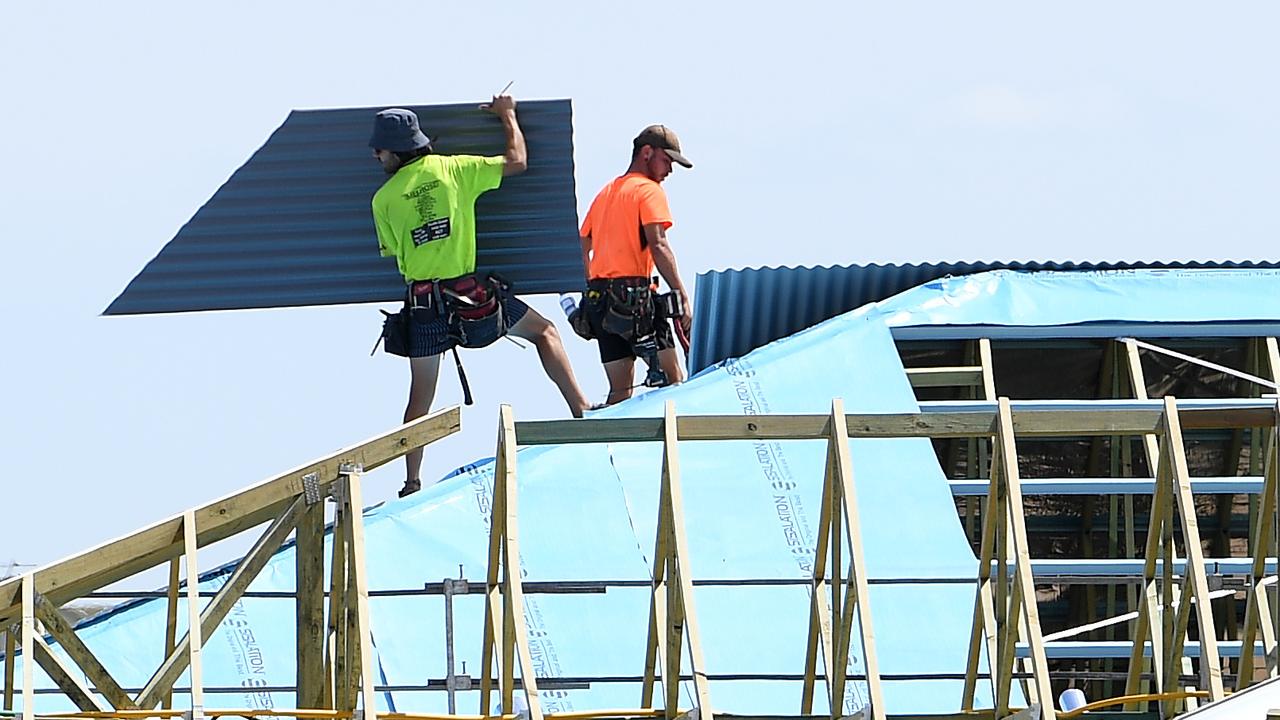Healthcare costs to soar as baby boomers enter golden years
AUSTRALIA is facing a major issue with regard to healthcare services as baby boomers move into their 60s and 70s over the next decade.
AUSTRALIA is facing a major issue with regard to healthcare services as baby boomers move into their 60s and 70s over the next decade.
And nowhere is this better evidenced than in the field of medical technology, which provides devices to prolong and-or to improve the quality of life. A good example of medical technology that will be in hot demand in the coming decade is the pacemaker.
Pacemakers are devices inserted in the chest to regulate the heartbeat. According to one medical source, about 8000 pacemakers are implanted each year into public and private patients in Australia, with each device costing between $5000 and $12,000. While this may sound a lot, the fact is that regulation of the heartbeat can obviate the need for more expensive healthcare services later in life.
The other point to note about pacemakers is that they are typically inserted into patients in their late 60s and early 70s and this is precisely the phase in the lifecycle that baby boomers are entering. Indeed, the number of Australians in the 65-74 cohort is now 1.6 million rising to 2.4 million by 2021.
But our need for medical technology doesn't end there. Consider the market for hip and knee replacements. According to the National Joint Replacement Registry (yes, such a registry does exist), the average age at which a shoulder is replaced is 71, hips typically give out at 70, knees go at 69, elbows at 62 and wrists at 57.
(I can understand why each of these joints wears out with the exception of wrists: what are people doing to require a wrist replacement by the age of 57?)
It's almost as if the human body has a use-by date and as that date approaches, things fall apart. The use-by date in this instance is the average age at death. At the moment this is 79 for men and 84 for women. While men are closing the gap (possibly as women take on additional stress through full-time paid work), the life expectancy for both genders is increasing.
Unfortunately, life expectancy is not increasing at a rate of 1:1, a ratio that would deliver eternal youth since it means one extra year of life for every year lived.
Sorry, but life's not like that. At best our improving longevity is three months added to life expectancy for every year lived, which means that by 2020 Australian men could be living to 81.
What is really unfair about this actuarial equation is that the extra three months is added to the life expectancy of a newborn, and not to the lifespan of an ageing boomer who may have clung on to an extra year of life.
The truly sad thing about the human body is that, as a rule, it doesn't travel well right up to the point of death. It deteriorates over time; we slide towards death rather than dropping off a cliff into death. What I mean by this is that the human body holds up quite well for the first 50, perhaps even 60, years. But as death approaches, the body deteriorates.
Indeed, I argue that there is a decade when, based on the greatest demand for medical technology, things fall apart. In the first 10 years of retirement, say between 65 and 74, there is peak demand for new hips and knees to prop up ailing bones as well as for stents and valves to keep arteries and heart in working order. Without these devices, life expectancy would fall.
This is an important decade from a medical point of view. Enough of the lifespan has passed so that important things are starting to wear out, but it's also not so close to death that there's no point investing in the technology or the healthcare services to deliver an outcome. Consider how this rationale works.
Do you believe every Australian is equal? Of course you do.
Do you believe a 93-year-old should have access to a million-dollar piece of medical technology to prolong life by three months, or do you think that we as a society should spend that million dollars on, say, youth or sport? The argument for the former is that resources should be allocated on the basis of need. The argument for the latter is that health funding is a scarce resource that needs to be rationed.
The reason why this is an important question is because over the decade to 2021, the baby boomer generation will neatly straddle the 65-74 decade. As a consequence of this imminent demographic shift, there will be heightened demand for medical technology, healthcare services and pharmaceuticals.
Practitioners working in public health will reason that, given the young age of patients (aged 65-74) and the prospect of several more years of life (to deliver a return on investment), it is appropriate to recommend boomers for all manner of healthcare services.
Pacemakers, implanted cardiac defibrillators as well as hip and knee replacements will be on everyone's most-wanted list.
This is not just about the ageing of the population; it's about the boomer waves crest passing through a phase in the lifecycle when the cost of healthcare and medical technology suddenly escalates.
The decade in which this takes place is the 2010s and an outcome could well be real growth in health's share of the national and state budgets. The question is whether we can or should afford the level of healthcare that we aspire to.
Bernard Salt is a KPMG Partner; www.twitter.com/bernardsalt


